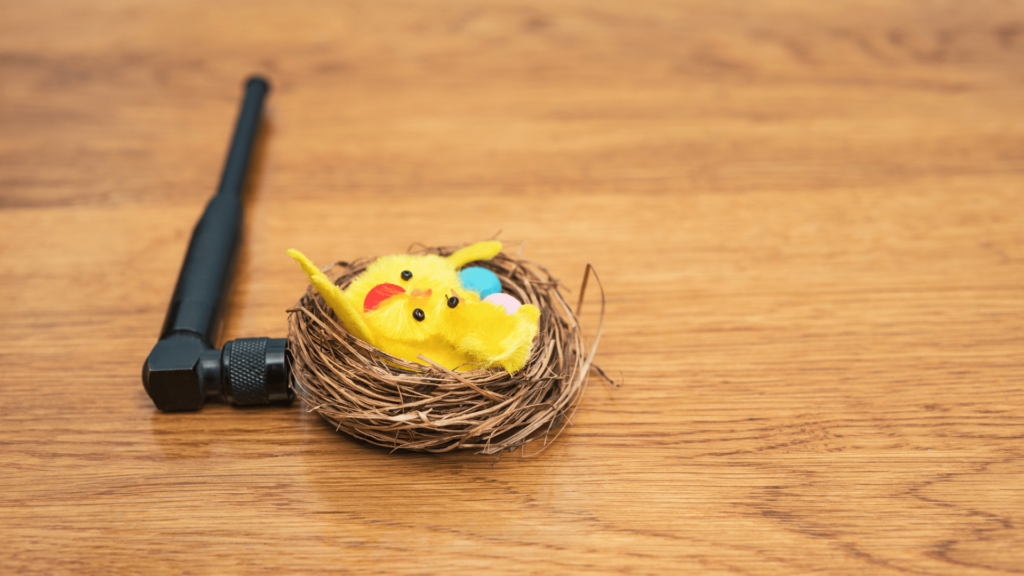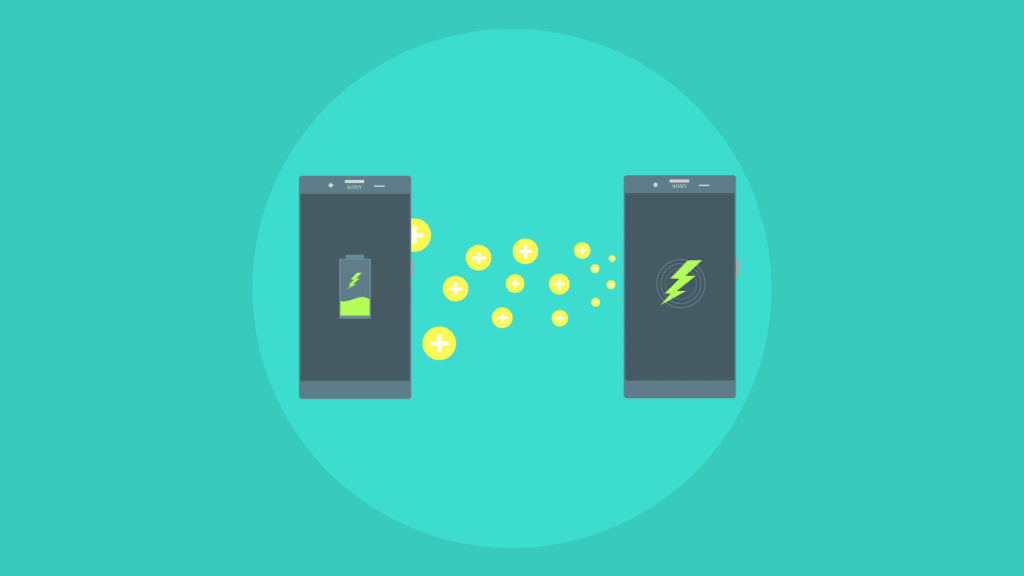Bluetooth is everywhere, letting our devices talk to each other over short distances like magic. Imagine your wireless headphones, speakers, and even data transfers, all made easy because of Bluetooth. It’s all about the connection, and a lot of that comes down to the Bluetooth antenna. Want a better range? Stick around; we’re diving into how to boost your Bluetooth game by tweaking your antenna setup.
But here’s the kicker: not all Bluetooth connections are created equal. Ever noticed how some devices have a knack for keeping a solid connection even when you’re rooms apart, while others can’t seem to hold a signal to save their lives? Well, a lot of that discrepancy comes down to the antenna. In this guide, we’ll unlock the secrets behind optimizing your Bluetooth antenna for maximum reach, ensuring your tunes, calls, and data glide through the airwaves, uninterrupted. Welcome to the world where ‘out of range’ is out of your vocabulary.
Key Takeaways
- Antenna Design is Crucial: The shape and size of your Bluetooth antenna significantly affect connectivity. Choose the right design to ensure your device remains connected over long distances.
- Placement Matters: The location of your Bluetooth device affects sound quality and connection stability. Avoid obstructions and interference for a clear connection.
- Update as Needed: Keep your Bluetooth antenna updated to enhance your device’s range and maintain strong connections to what’s important.
Understanding Bluetooth Antenna Basics
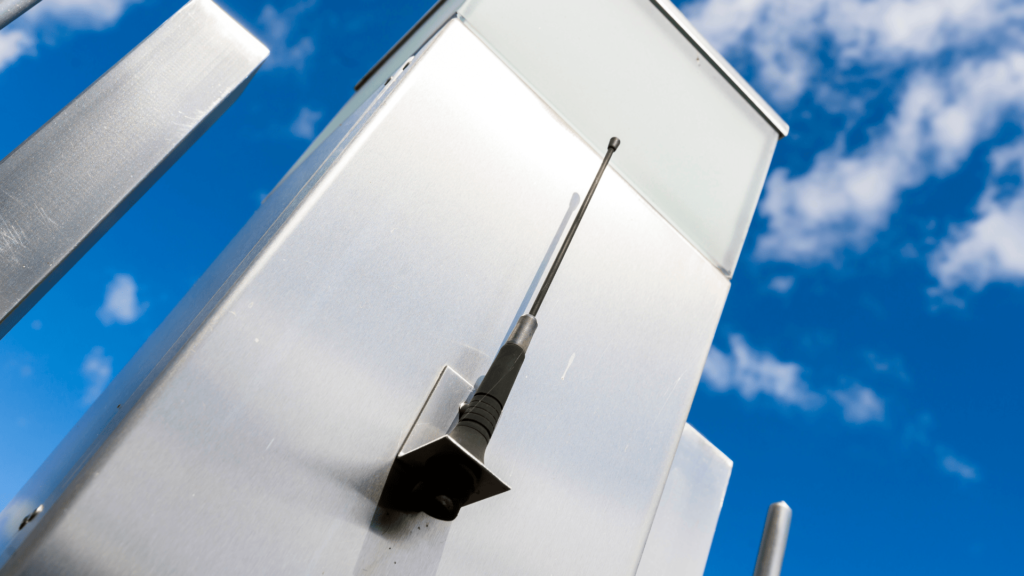
At the core of every Bluetooth device is an antenna, the critical component that sends and receives radio waves. The design, positioning, and type of antenna can significantly impact the range and reliability of your Bluetooth connection. Most Bluetooth devices use one of two types of antennas:
- Chip Antennas: Compact and cost-effective, chip antennas are commonly found in smaller Bluetooth devices. They’re easy to integrate but offer a relatively shorter range.
- Wire Antennas: Offering better performance and longer range, wire antennas are used in devices where space is less of a constraint.
When Do You Need a Bluetooth Antenna?
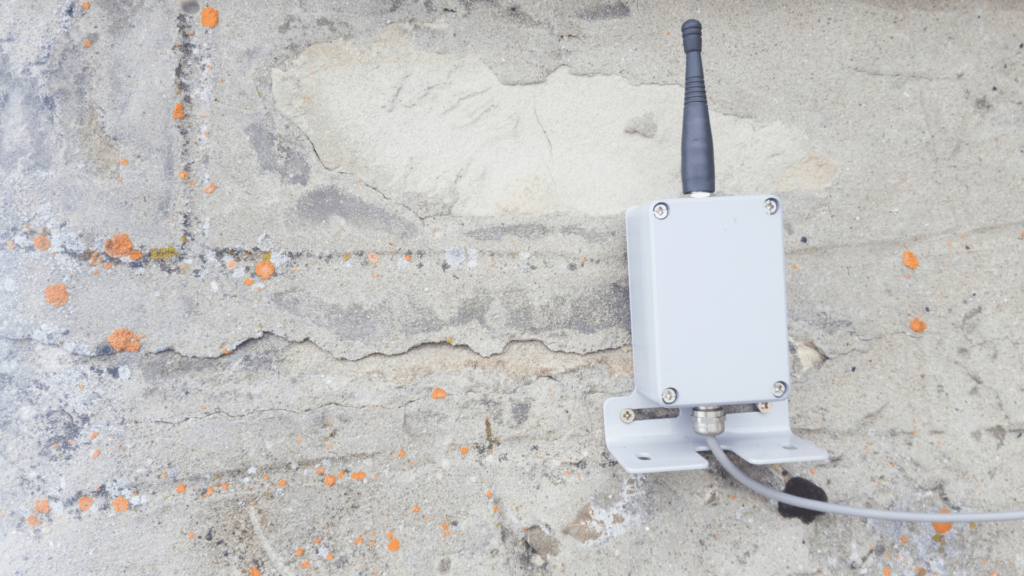
Knowing when to tweak or upgrade your Bluetooth antenna is key to getting the best out of your device. So, when do you need to think about making a change? Here’s the lowdown with a bit more detail to give you a fuller picture:
- When experiencing weak signals: If your Bluetooth device consistently shows a weak signal or drops connections while in the supposed range, the antenna might be underperforming.
- For devices with longer range requirements: Certain applications, like outdoor speakers or devices intended to operate over larger distances, will benefit significantly from a better-quality antenna that can support the extended range.
- In high-interference environments: Environments with a lot of wireless signals, such as office buildings or densely populated residential areas, may require more robust Bluetooth antennas to maintain a reliable connection.
- When designing a device for critical applications: For Bluetooth-enabled devices that are used in critical applications where failure is not an option, ensuring the antenna can provide consistent, reliable performance is essential.
By identifying the need for a better Bluetooth antenna, you can significantly enhance the performance and reliability of your Bluetooth connections, ensuring your devices communicate seamlessly even in challenging conditions.
Related: The Rise Of Bluetooth Mixer In Wireless Music Production
Factors Affecting Bluetooth Range
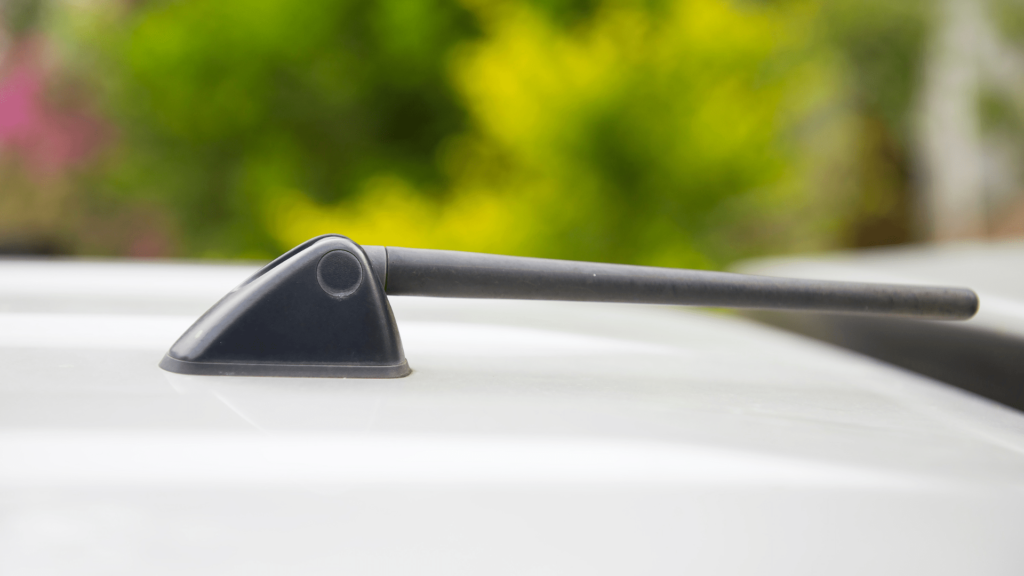
Several factors can influence the range of your Bluetooth connection:
- Antenna Design and Placement: The physical design of the antenna and its placement within the device can affect performance. For optimal range, the antenna should have a clear line of sight to the device it’s communicating with.
- Interference: Other wireless signals, such as Wi-Fi and cellular networks, can interfere with Bluetooth signals, reducing range and stability.
- Physical Obstacles: Walls, furniture, and even people can obstruct Bluetooth signals, diminishing their effective range.
Maximizing Your Bluetooth Range

To get the most out of your Bluetooth devices, consider the following tips:
1. Picking the Perfect Antenna
Got a tight space? A chip antenna might be your best bet. But if you’ve got room to spare, consider a wire antenna for better range and reliability. It’s all about choosing the right fit for your project.
2. Place Your Antenna Smartly
Location, location, location! Make sure your antenna isn’t cuddling up with other electronic parts that could mess with its vibe. Sometimes, going external is the way to get that sweet signal boost.
3. Dodge the Interference
Keep your Bluetooth signals clear by steering clear of electronic noise-makers. Maybe switch up your Wi-Fi channel or give your gadgets some personal space. Every little bit helps.
4. Boost with Repeaters and Extenders
Need to push that Bluetooth signal even further? Throw in some repeaters or extenders. It’s like giving your signal a megaphone to reach where it couldn’t before.
Related: Bluetooth Jukebox: For The Ultimate Home Entertainment Experience
Conclusion
So, here’s the deal: if you want to boost your Bluetooth game, it’s all about the antenna. Get the know-how on antenna design, tweak your setup, and watch your Bluetooth experience go from “meh” to “wow!” Whether you’re a tech fanatic wanting to max out your gadgets or just trying to get a better connection, a little effort can go a long way.
Remember: pick the right antenna, keep things clear of interference, and stay updated on Bluetooth technology. Here’s to happier, stronger connections!
Frequently Asked Questions (FAQs)
Can Bluetooth signals pass through walls?
Yes, Bluetooth signals can pass through walls, but their strength and range can be significantly reduced by physical obstacles, including walls and furniture.
How far can a Bluetooth signal reach?
The range of a Bluetooth signal depends on the device and its class. Typically, Bluetooth devices are classified into three main types: Class 1 devices can reach up to 100 meters (328 feet), Class 2 devices up to 10 meters (33 feet), and Class 3 devices up to 1 meter (3 feet) under ideal conditions.
Is it possible to increase my Bluetooth device’s range beyond its specified maximum?
Yes, it is possible to extend the range of your Bluetooth device beyond its specified maximum by using repeaters or extenders, optimizing antenna placement, and choosing the right type of antenna for your needs.

